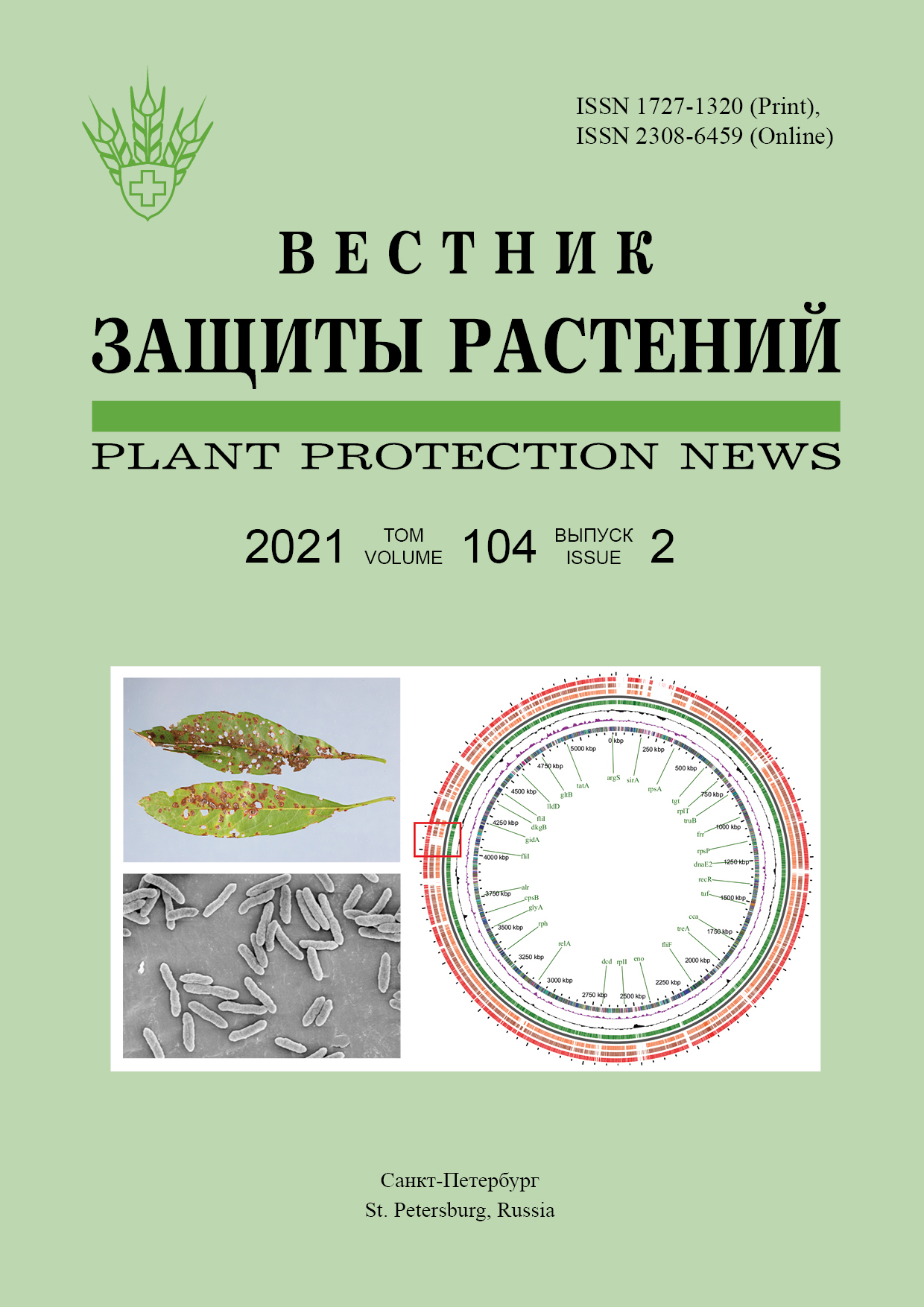Loss of effectiveness of stem rust resistance genes Sr25 and Sr6Agi in the Lower Volga region
Keywords:
spring bread wheat, introgression lines, Puccinia graminis f. sp. tritici, Sr-genesAbstract
Wheat is one of the most important food crops in Russia. Rust diseases (leaf, yellow and stem rusts) are particularly dangerous diseases of wheat that threaten food security. The stem rust (the causative agent is a biotrophic fungus Puccinia graminis f. sp. tritici) is the most damaging; crop losses can reach 50 to 80% and more. The paper presents the results of the analysis of resistance to stem rust of 189 introgressive lines of spring soft wheat breeding ARISER and 11 varieties cultivated in the Lower Volga region in the growing season 2016-2020. The results of phytopathological assessment of virulence of Saratov pathogen population 2016-2020 are also presented. It is shown that Sr13, Sr26, Sr31, Sr35 and combinations of Sr24+31, Sr36+31 and Sr26+9g genes are effective for Saratov populations of P. graminis 2016 - 2020. No isolates virulent to the line with the Sr31 gene have been identified in all years of research. Analysis of resistance in wheat varieties and lines showed a loss of Sr6Agi gene efficacy from 2016 and a gradual loss of Sr25 efficacy by 2020. In 2020, varieties carrying the Sr25 gene (Lebedushka and Dobrynya) and lines with this gene affected the Saratov population of stem rust, both under laboratory conditions and in the field on a natural infection background. In the analyzed 189 introgressed lines, Sr25/Lr19 (77.2%) and Sr31/Lr26 (22.2%) genes were mainly identified, Sr22, Sr35, Sr28, Sr38/Lr37 and Sr57/Lr34 genes were also identified. Fifty lines carrying the combination of Sr31 with Sr25/Lr19 and Sr6Agi have been identified as highly resistant to stem rust. Thus, it was shown that Sr31 gene was effective against P. graminis populations in Volga region, while Sr6Agi and Sr25 genes lost their effectiveness in Volga region.



